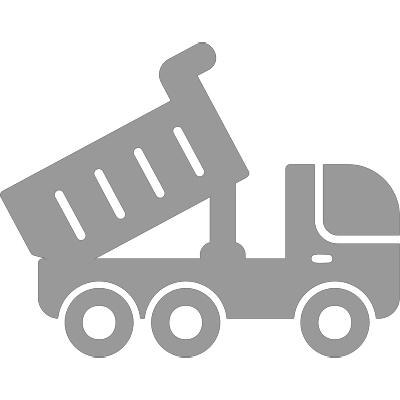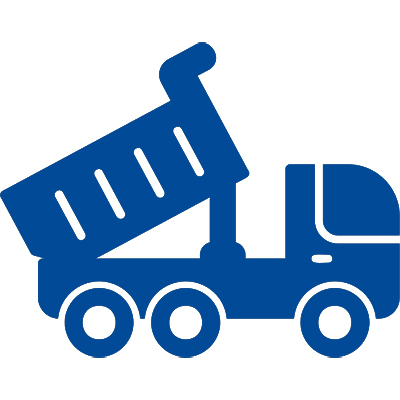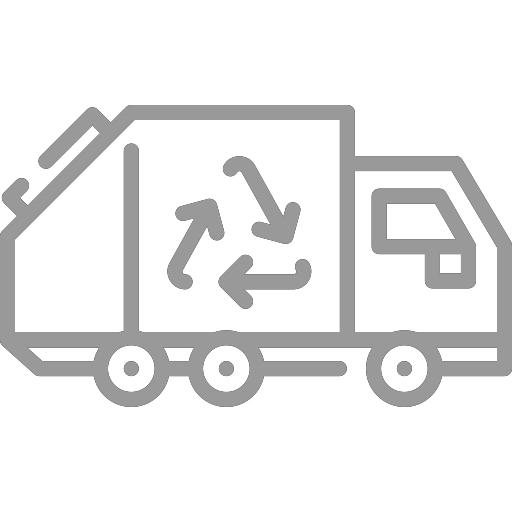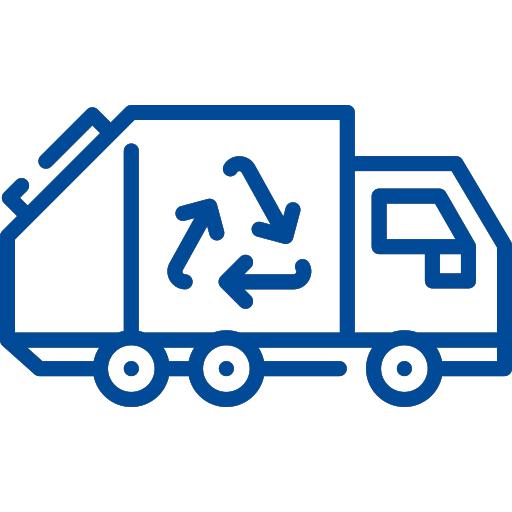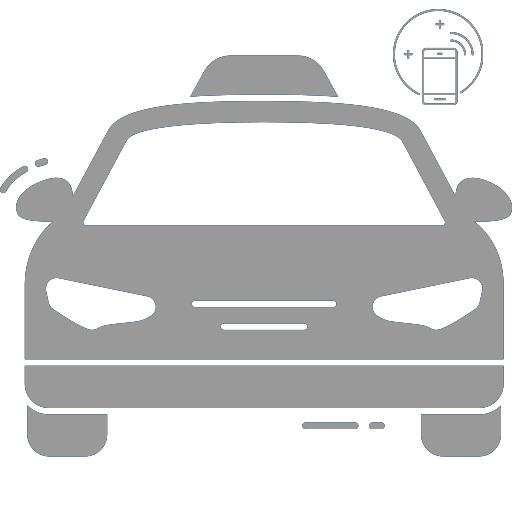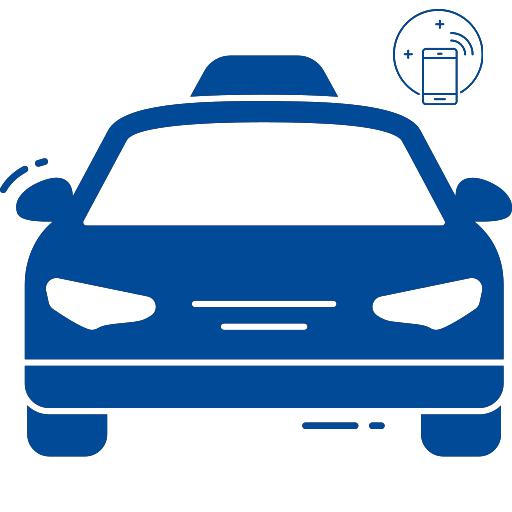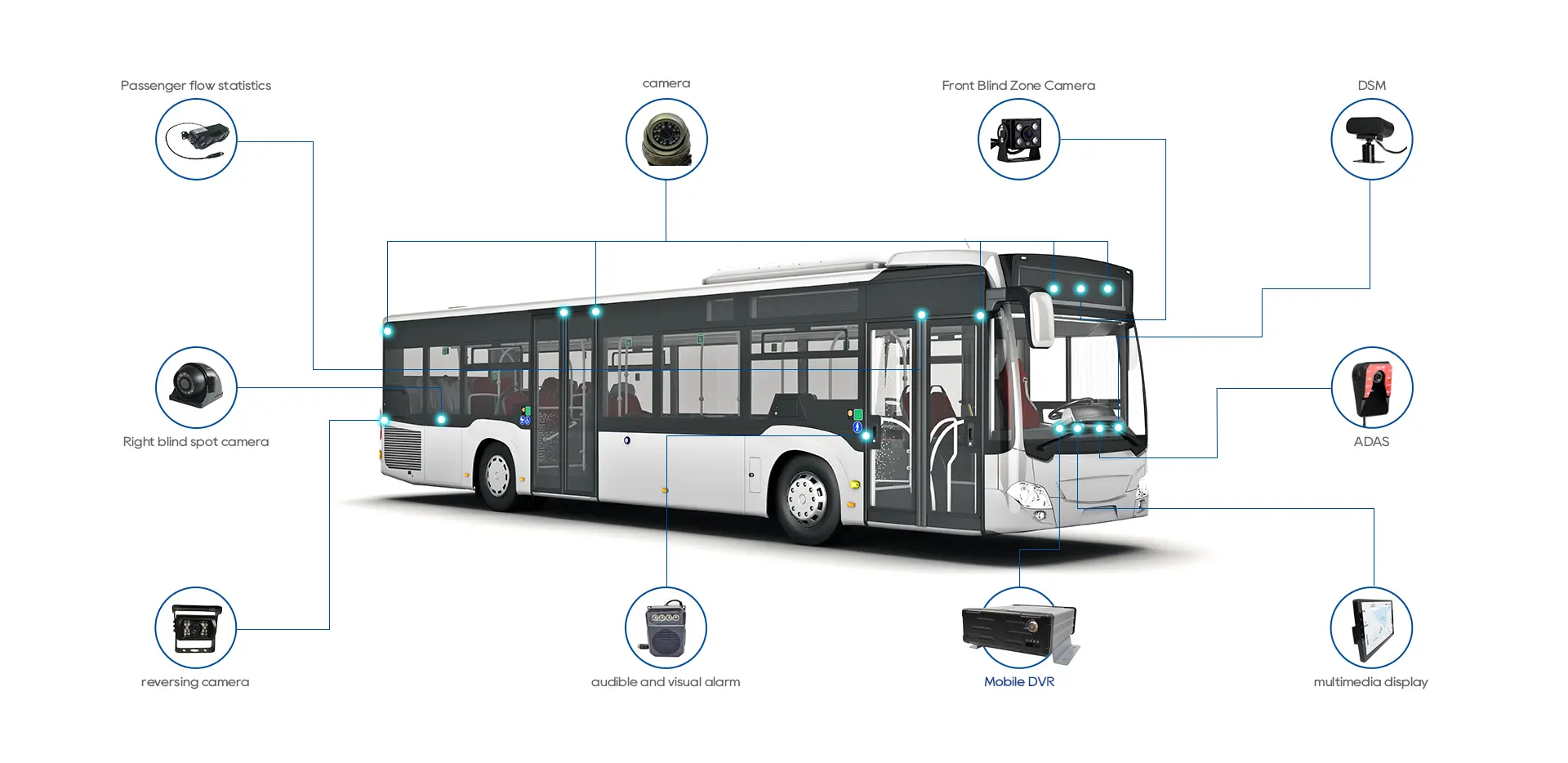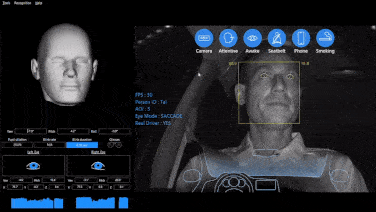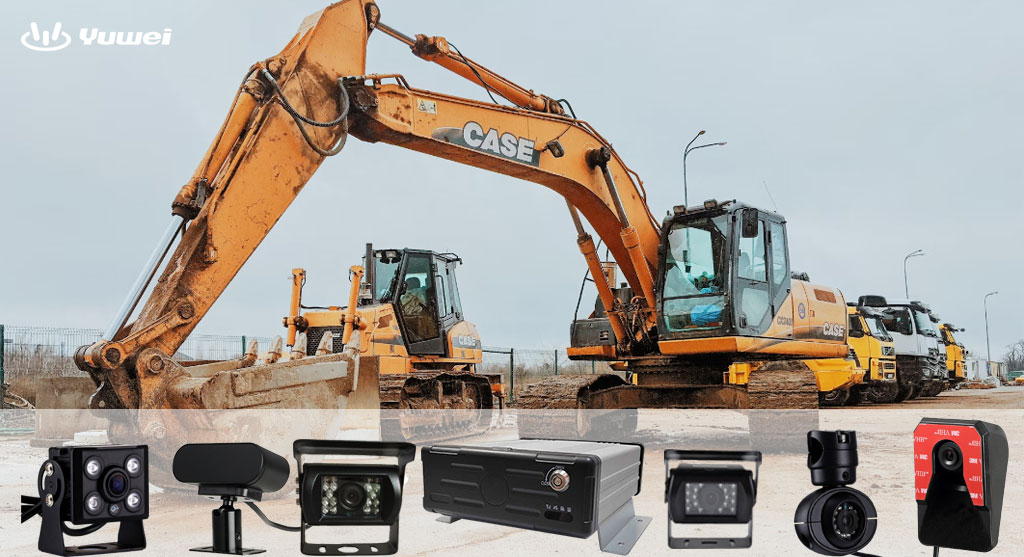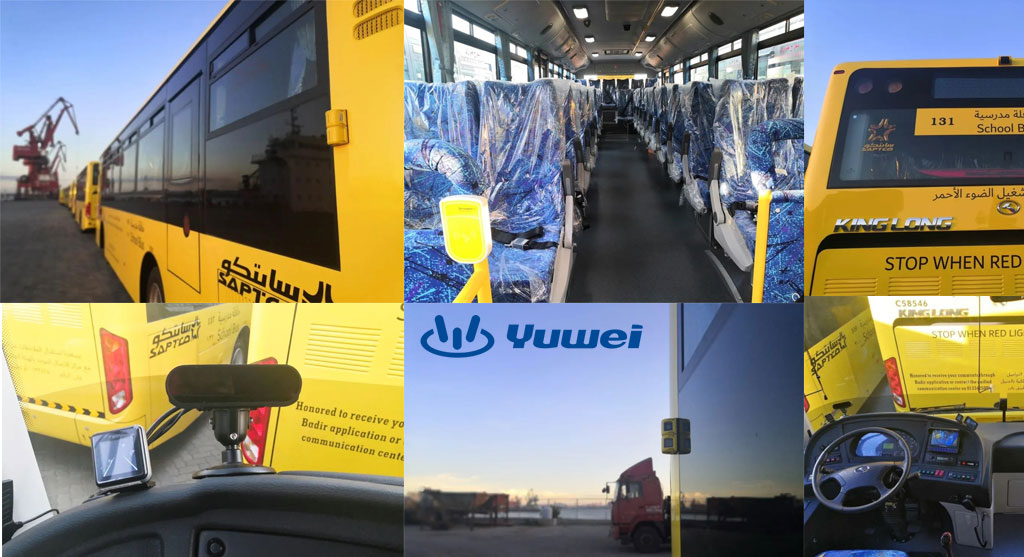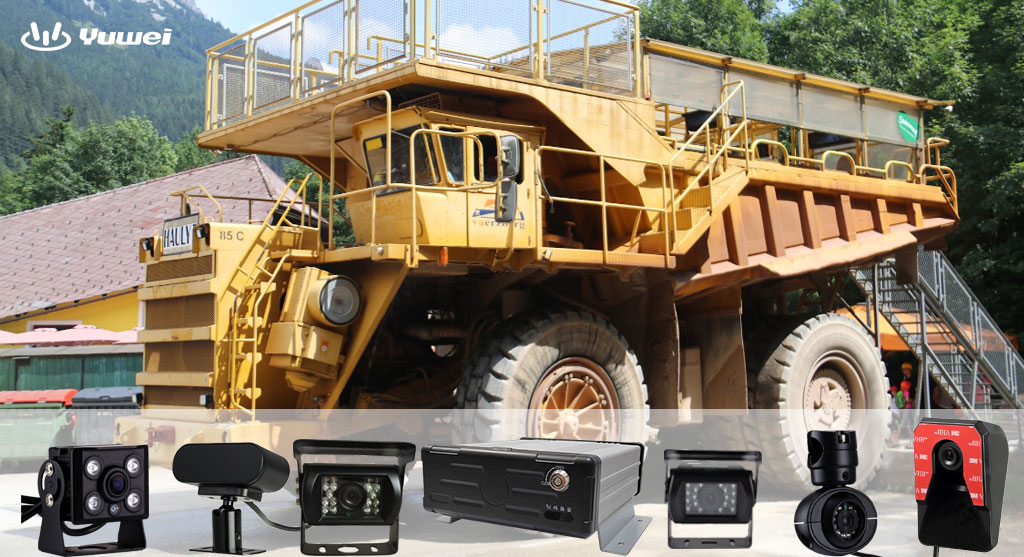Combine Harvester Safety Camera System
Combine Harvester Camera System
With the increasing level of agricultural mechanization, the application of Combine Harvesters is also on the rise. However, during the operation of these large machines, there are many blind spots, leading to an increase in accidents involving Combine Harvesters. Due to their large size and length, Combine Harvesters have blind spots when reversing, which can obscure the driver’s view and increase the risk of hitting people or objects. This creates significant interference for the driver. So, how can we solve the blind spot issue of Combine Harvesters?
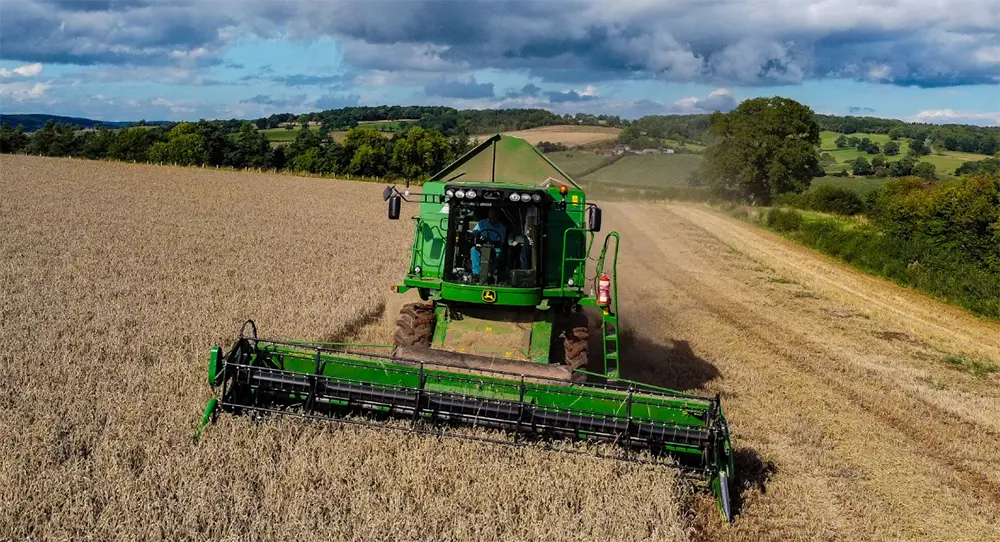
Combine Harvester Safety System Design Approach
Understanding the issues with Combine Harvesters, we need to address the following points to design a solution:
1. The driver should be able to monitor the surroundings of the vehicle in real-time from the cabin to prevent accidents caused by people near the vehicle. Additionally, a camera can be placed on the grain tank to alert the driver when it is full.
2. Video footage should be stored in real-time so that in the event of fraud or sudden incidents, the recordings can be reviewed to ensure accountability.
3. The installation should be simple and convenient without modifying the original vehicle circuitry.
4. For fleet management of Combine Harvesters, the system should support remote monitoring to enable remote scheduling and supervision.
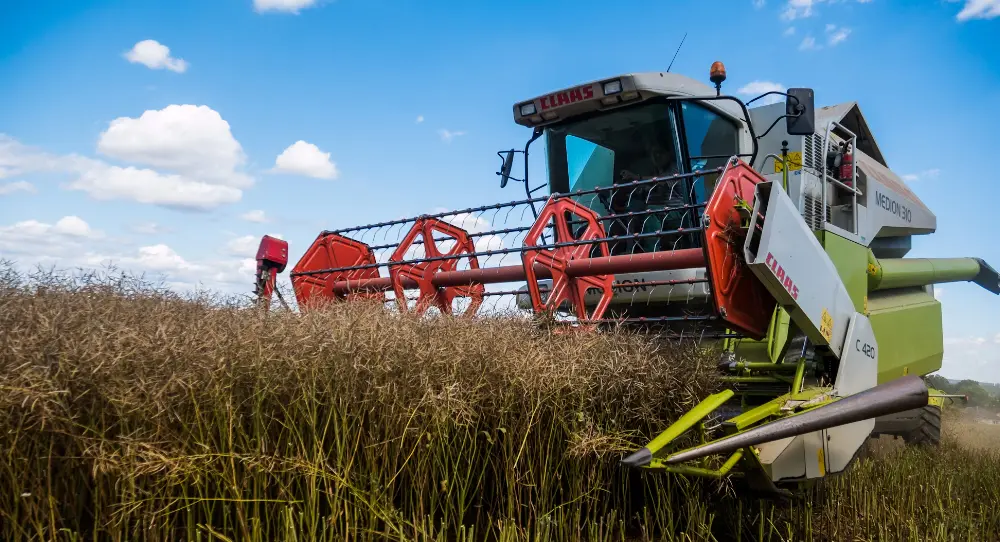
Combine Harvester Camera System Hardware Configuration:
1. One vehicle-specific DVR: This device captures and encodes the input video and outputs it in real-time to a display for recording and storing the video. For fleet management, the system can be upgraded to a 3G/4G/5G remote monitoring system, allowing for remote dispatch and supervision from the central office.
2. Four high-definition waterproof cameras: These should be installed at the front, rear, and sides of the Combine Harvester to achieve 360-degree comprehensive monitoring.
3. One 9-inch vehicle display: This should be installed in the cabin to display real-time footage of the vehicle’s surroundings, allowing the driver to observe any obstacles or people around the vehicle during reversing or starting.
4. SD card or hard drive: For storing video footage. An SD card can be used for up to one month’s storage, while a 1TB or 2TB hard drive can be used for longer-term storage.
5. Aviation-grade connectors: These ensure a secure connection that won’t loosen or disconnect due to vehicle vibrations. All connectors are plug-and-play for simple installation.
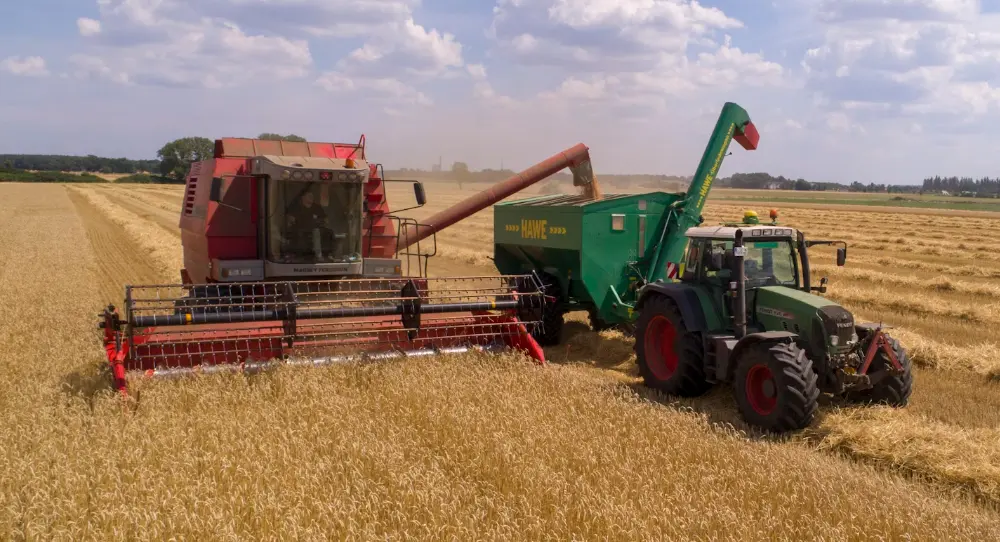
Combine Harvester Camera System Installation:
1. Determine the camera installation positions. Install a dome camera on top of the cabin (or directly on the dashboard) to monitor the driver and the front road. Install a waterproof camera at the rear to monitor the reversing area. Install two cameras on the left and right sides to monitor the side blind spots.
2. Install the DVR, typically behind or under the driver’s seat.
3. Install the display, which can be placed directly on the dashboard for easy viewing by the driver.
4. Run the wiring, connecting the cameras to the DVR using aviation-grade connectors, and draw 12-24V power from the vehicle’s fuse box to power the DVR and display.
5. Secure the DVR, cameras, and connectors, and conceal the wiring.
China YUWEI is a manufacturer of Combine Harvester safety camera systems. Our factory is located in Guangdong, China, and we hold ISO 9001 certification. We welcome you to visit and exchange ideas.
More:Commercial Truck Telematics | Vehicle DVR Camera System | Telematics Solution Providers















